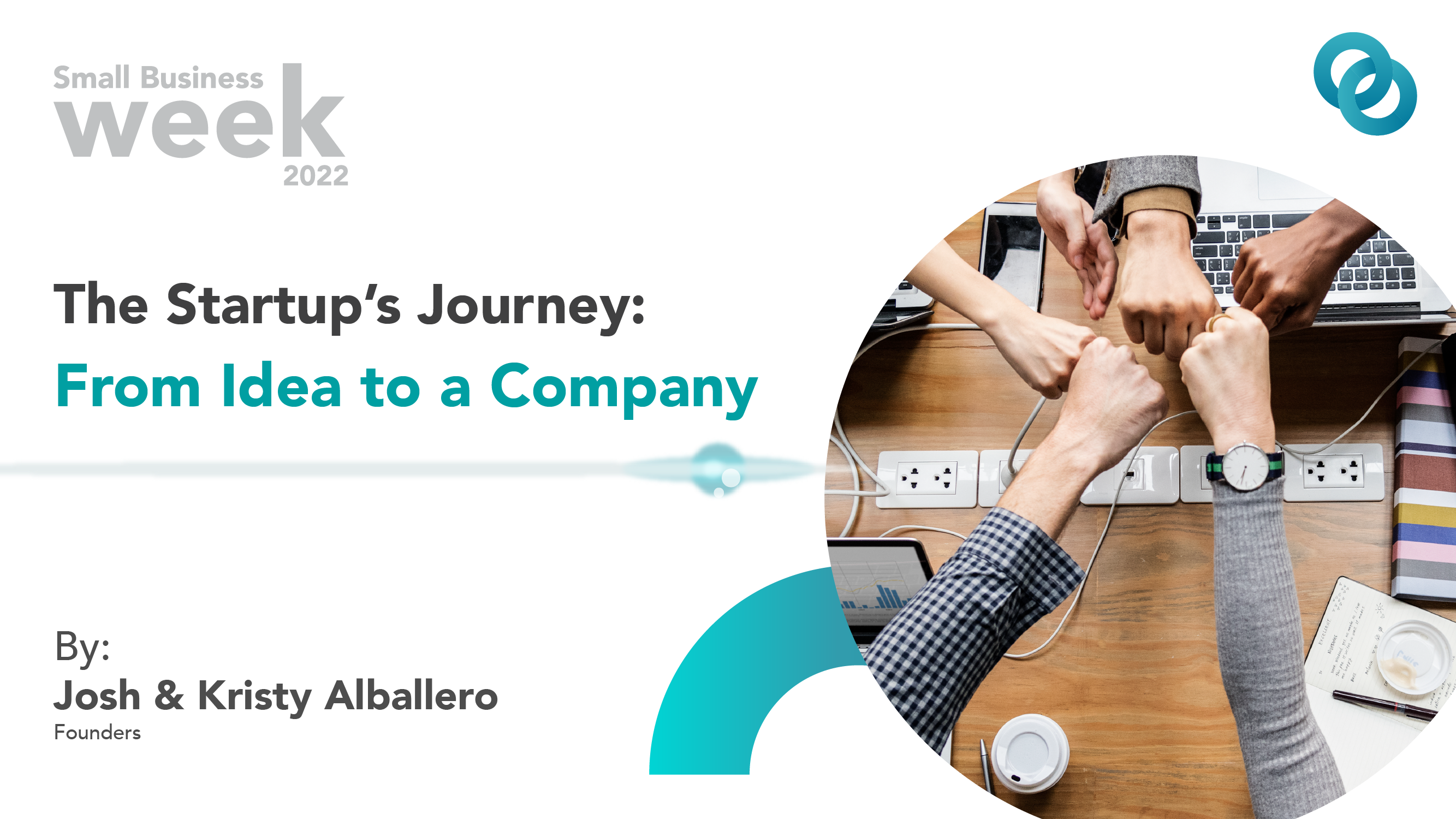Never before in history has there been such a dynamic and transparent environment for starting a new business. It’s no coincidence that in the US alone, the number of startups increased by nearly 25% in 2020. However, the wide range of opportunities also means that entrepreneurs who are unfamiliar with building a business can easily end up burning money unnecessarily, as they do not know in advance what will deliver the expected results. In our series of articles, we offer support to make the startup process more transparent and easier.
What is a startup?
A startup is a combination of less tangible things like believing in an idea, confidence in the future, and investing in a dream. So a startup is not necessarily a registered company, but an idea, an innovative business model, market validation, or a set of feedback that confirms that the idea can make the concept a reality.
Neither at the international nor the national level is there a uniformly accepted definition of startups, and there are many ways to describe them. According to most experts, startups are high-growth, fast-growing companies with high growth potential that have a legitimate international presence and are looking for operating models that will allow them to stay in the market. However, startups also include Google or Facebook, even though they are already publicly traded companies.
All experts agree that a start-up must involve some kind of innovation, and innovation does not just refer to a product or service. It can be a market innovation or a novel combination of ideas that are already on the market, but it must have some added value.
The steps of building a startup business
While in some cases the idea is the starting point, in others the team is the origin from which a company can later emerge. We will derive the most common success scenario in a few steps:
- There is an idea related to the current expertise and market experience of the idea owner.
- The idea owner is looking for a co-founder to implement the idea – if someone comes from sales, they typically look for a technical co-founder or vice versa.
- The team works continuously to test the idea as cheaply as possible.
- When they find a concept that works and that potential customers are willing to pay for, the team creates a product.
- Then comes the actual business and team-building phase.
- The startup continues to evolve, constantly improving its product and preparing for the scaling process.
- By entering new markets, the startup expands further and becomes a real market player. This is usually the time when the first serious investments and potential acquisition offers arrive.
The founders’ goal may then be to build a strong company that can not only disrupt the market, but also take a pioneering role in the new environment. However, many founders prefer – and rightly so – to build smaller companies, so they exit the company before real growth sets in and build something from scratch again.
The illusion of the idea
As Josh Alballero mentions in his e-book The StartUp, the first step is always to conceptualize and develop a business idea. You need to ask yourself questions about your idea:
- What is the problem my product/service will solve?
- Who will pay for it?
- How are potential customers currently solving this challenge?
- Am I breaking into an existing market, or do I need to build a new market?
- How will I find new customers?
- What is the business potential of the market and how much of it can my business capture?
Many people think that the idea is everything. Unfortunately, there’s bad news: unless you have invented a revolutionary, patentable technology, a new battery, or a special drug, the idea will not be enough. Implementation is the key.
The idea is an important part of the whole, but you don’t necessarily have to invent something completely new to disrupt a market or build a strong company. You need to do something better than the competition – it can be technology, it can be your team, or it can be nuanced processes. Once you have the idea, you need to test it.
The concept of Minimum Viable Product
It is also a common mistake for inexperienced startuppers to invest all their savings in making the finished product. Of course, it is significant to create real value from the very first moment – regardless of which market you want to enter. But in any sector, from meat processing to aerospace, the key is to work on real solutions to real problems.
A Minimum Viable Product (MVP) is a product from which you have removed all unnecessary parts to get it to market as quickly as possible. Do you need a complex website to get your first customer? Do you need the shiny packaging to make your first sale? Do you need to develop all the functionality? Do you need to test five flavors right away? In most cases, the answer is no, because it’s in your best interest to find out as quickly (and as inexpensively) as possible if your product development direction is the right one.
At this point, you have probably already conducted market research through a professional subcontractor or even yourself, know your competitors, and can position your product in the market. So your next task is to validate your hypothesis about the demand for your product, i.e. to find customers who you know would buy it.
Understanding your buyer
At this point, your goal isn’t yet to start a business but to understand your customers. And the most important key is to talk to them! Conduct interviews, talk to members of your target audience, visit them during the process, whatever you can do to help. It’s likely that you’ll need to show early customers what your product or service can do at a steep discount, or even for free. But if you use your resources well here, you can accomplish two things:
– Useful feedback on the direction of product development.
– Recommendations that can lead to additional sales
Now that you know for sure what your product can do, what problems it can solve, and who your potential customers are, it pays to create a business plan that details both the revenue and expense sides.
In the next part of our series, we will focus on how to build a strong, scalable business, and how to prepare it for a potential exit.
If you have any questions about your own situation or need financial advice on how to successfully get funding to grow your business, don’t hesitate to get in touch with our team at IOOGO.





